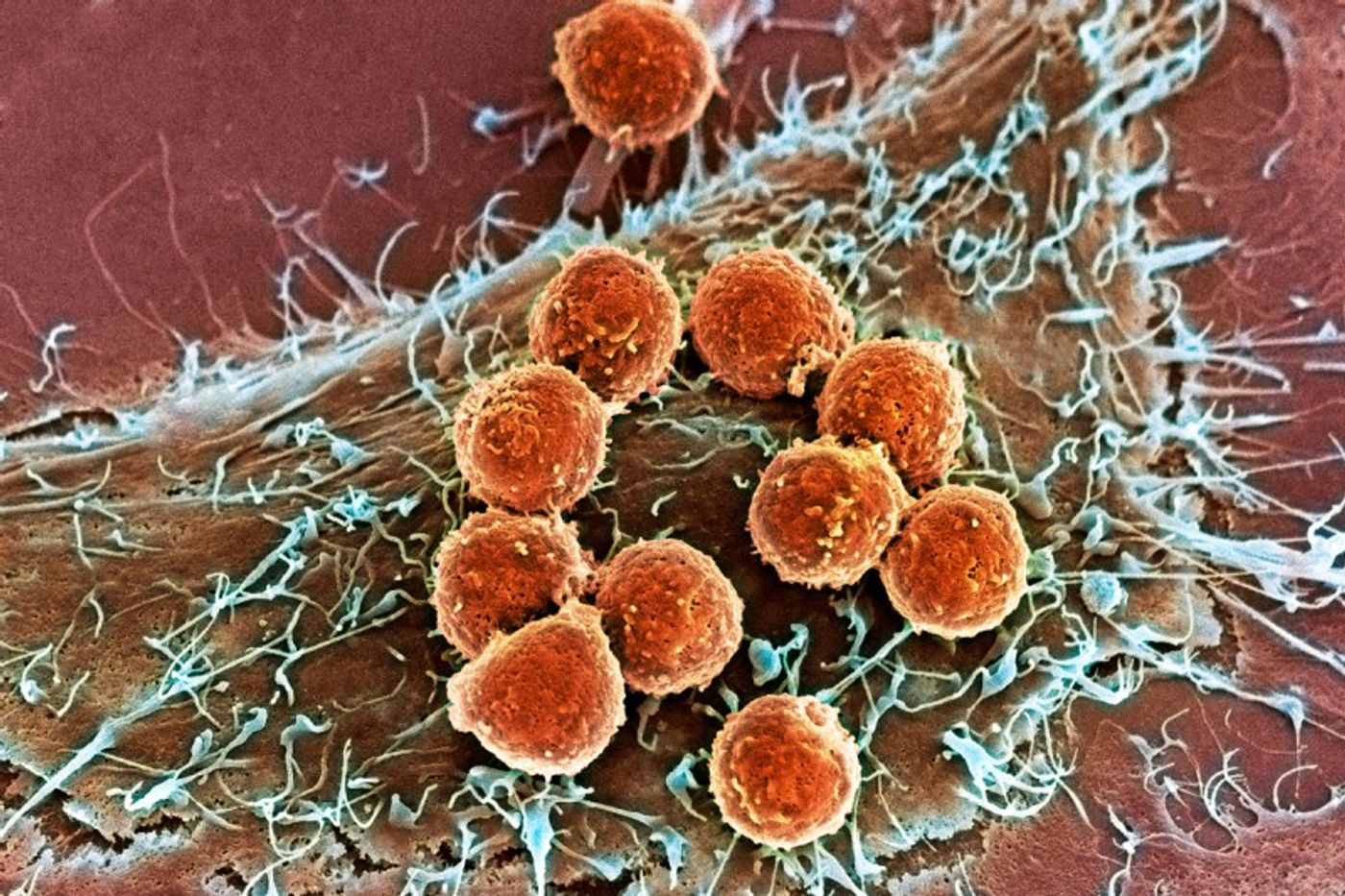Why isn’t our immune system able to fight off cancer? This is a tough question cancer researchers have long been working on, and we are getting closer to figuring it out. When treating cancer, doctors are looking to immunotherapy and other alternatives to help target actual tumors instead of attacking all rapidly dividing cells in a patient’s body with chemotherapy. Immunotherapy uses the immune system to recognize and destroy specific tumors or spreading cancer cells. Many immunotherapies to date activate and strengthen the adaptive immune system, similar to how vaccines allow protection to specific diseases. While these treatments have had some success, they are slow to develop as each therapy is very specific to a unique and known protein.

Carolyn Bertozzi of Stanford University has recently introduced a new approach to immunotherapy, activating another arm of the immune system, the innate immune system. The innate immune system, or non-specific immune system, provides general defense from infection by identifying and removing foreign bodies. Bertozzi hypothesized that there must be a way to push the immune system to recognize cancer cells more frequently and in a more general manner, based not only on protein recognition but on the sugars fixed to the outside of the cells. The study is published online in the
Proceedings of the National Academy of Sciences.
The
Bertozzi lab studies the glycocalyx, or sugars that surround cells, and how these sugars interact with the immune system. Cancer cells tend to be overlooked by the immune system as normal healthy cells, allowing them to metastasize and proliferate uncontrolled. New thinking highlights sugars surrounding cancer cells as part of the problem.
“This is a whole new dimension to immune therapy,” Bertozzi says, “People in this field are starting to appreciate that there are many different nodes that you need to affect to get a more robust immune reaction against a tumor, and the glycocalyx appears to be one of those nodes.”
It has long been known that certain sugars and proteins aid in masking cancer cells from the immune system. Bertozzi wanted to find out specifically what role sugars play in helping cancer cells hide. She discovered that if certain sugars are present on cancer cells, therapies are less likely to be effective, and that these sugars can act as a signal to the innate immune system to ignore the cells. Sialic acid is one type of sugar associated with spreading cancer cells.
Researchers in the Netherlands showed that excessively high sialic acid expression in cancer cells can affect undetected tumor growth and initiation of metastasis.
By removing sialic acid from the cancer cell surface, Bertozzi was able to trigger the innate immune system. The team used the common cancer therapy Herceptin, an antibody that binds to the HER2 protein expressed on some breast cancer cells, flagging the cell for destruction by natural killer (NK) cells. Bertozzi attached a chemical “cleaver” to the Herceptin antibody to create an antibody-enzyme conjugate. Once the antibody bound to the HER2 protein, the cleaver could cut off any nearby sugars on the cell surface. This lack of sugars decreased the mask on the tumor cells, allowing the innate immune system to recognize and destroy the cells more frequently. Essentially, Bertozzi discovered that the less sugars around a cancer cell, the more activation she saw from the immune system to destroy cancer cells.
This new approach provides a boost to cancer treatments by enabling current therapies to work more effectively on a broader range of patients. Not only could this method be applied to HER2 proteins using Herceptin making it more successful when less HER2 is expressed, but also potentially applied to a variety of other expressed proteins and sugars. This study was done in cell culture, providing a solid foundation for additional testing and the creation of new cancer treatments in patients. The approach brings to light a new way of thinking about the complex relationship between the innate immune system and cancer cells, and opens the door to advancing cancer immunotherapy.
Sources:
Stanford Report,
PNAS,
NCBI









